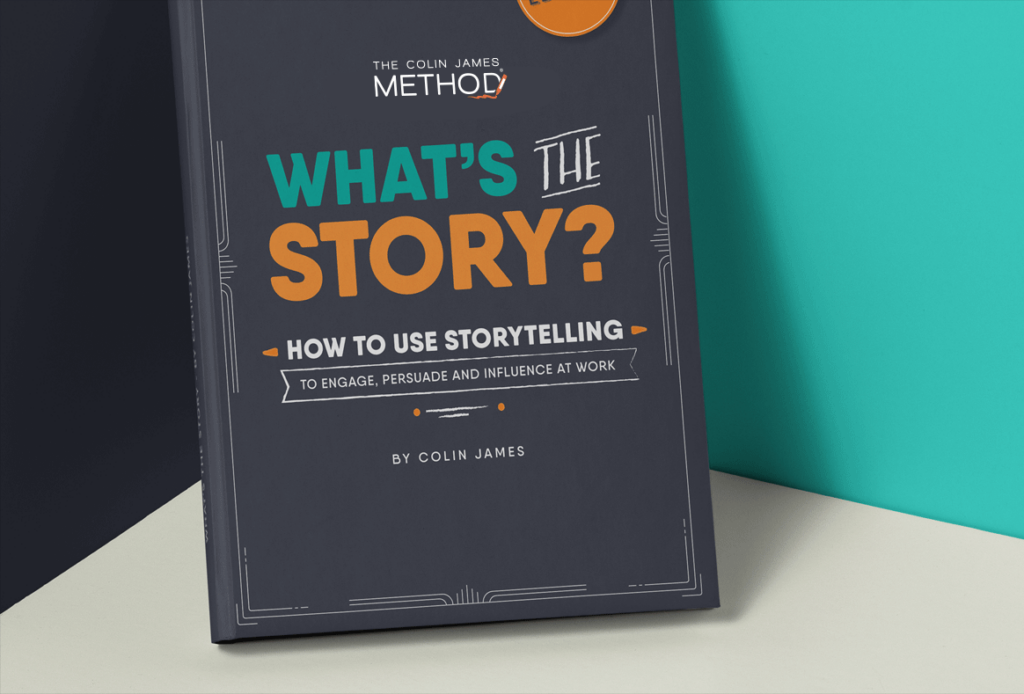Blog bites:
- Throw out the traditional
- Use lively language
- Deepen the relationship
- Pay attention to your audience
- Use the best body language
These days, we’re all busy – and getting busier. Our attention spans are short – and getting shorter. And we all have multiple digital devices that have a constant call on our focus. Even finding a few minutes to read a valuable blog post like this one can be tricky.
So when you communicate, how can you capture and hold your audience’s attention, make your point and make an impact? How can you be a masterful communicator in this age of distraction and disruption?
There are five key things you can do to engage busy people and instantly grab their attention:
1. Farewell the Traditional
As a manager or executive, one of your goals is to engage staff in a meaningful way. However, if you start every meeting or connection with traditional language, such as “Good morning, thank you so much for being here, I appreciate how valuable your time is…” they will switch off. Your intro will sound like every other one they’ve heard a thousand times.
So how do you start?
These techniques work:
- Pause and ‘hold the silence’ before your first words
- Start with a story
- Ask a question – and wait for a response
- Make a definitive statement
- Start with a feeling statement (“I haven’t felt this concerned for a while now.”)
These create distinction and engage attention from the start. Why? Because breaking the patterns of expectation creates curiosity.
It requires some creativity of course, but you don’t need to be gimmicky. Simply start strong and interrupt the pattern of the usual.
2. Use Lively Language
What makes people disconnect? When they hear words that have no oomph, no zest or power delivered in a flat, lifeless tone.
How many meetings have you sat in when someone starts to speak and within seconds everyone in the room has tuned out? It happens when the speaker uses boring, bland language with no life, no energy.
We call this the language of convention or the expected. Drop ‘ly’ adverbs from the mix – actually, absolutely, totally, basically, fundamentally etc. They’re totally excessive so basically it’s best to absolutely avoid them. Totally.
3. Deepen the Relationship
Every single moment of communication you have with another person is a chance to deepen the longer-term relationship.
Whenever you speak with a peer, employee or someone further up the ranks, avoid presenting with sloppy carelessness. Be focused and bring your presence, vitality, meaning and value to what’s being experienced.
Remember that you’re the conductor of these moments. Make them meaningful.
4. Pay Attention to Your Audience
If you want your audience to pay attention to you, simply pay attention to them. This sets up reciprocation and creates a natural responsiveness.
As well as having the right intention, having the right attention is just as important. Because intention and attention sets up the best environment for communication to flourish.
5. The ‘Moth Effect’
Imagine this: someone is speaking when a moth flies behind their head. Everyone will now focus on the moth. It will draw attention – and in movie terms ‘pull focus’. Why? Because it’s moving and is unpredictable. Movement gets attention. Unpredictability holds attention. So moving intentionally, and at times unexpectedly, keeps the unconscious brain curious.
It sounds simple – and it is! When you use your physiology and gestures to enliven your story, you’ll have a captive audience and really make a mark.
These five ways to engage busy people are key to being a masterful communicator. Our expert facilitators dive deeper into this topic in the Mastering Communication Program.

The Colin James Method® Facilitators train corporate executives to improve their professional communication skills with a proven methodology. Our highly trained Facilitators and Coaches are recognised for their experience in their fields and have worked with many individuals and organisations around the world to master the art of communication.










